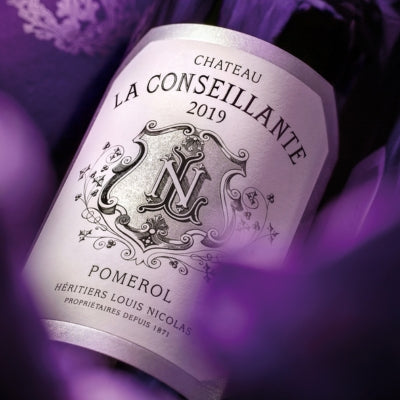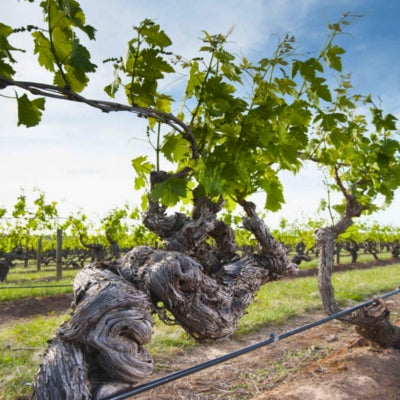
Champagne styles at a glance
Following on from our series on Champagne and the traditional method, Westgarth Wines wine specialist Maurizio Broggi looks at the six defining Champagne styles.
Non-vintage Champagne
Non-vintage Champagne represents the signature style of a Champagne house, accounting for the majority of production. It is crafted by blending wines from different vintages, allowing producers to maintain a consistent house style year after year. By incorporating reserve wines from previous harvests, Champagne houses can create a wine that balances freshness, complexity, and reliability. Non-vintage Champagnes are approachable, versatile, and ready to drink upon release, making them a popular choice for casual celebrations and everyday indulgence.
Vintage Champagne
Vintage Champagne is made exclusively from grapes harvested in a single year, allowing it to reflect the unique characteristics of that vintage. Producers typically release vintage Champagne only in exceptional years, and while this decision varies by producer, certain vintages are universally regarded as outstanding, such as 2002, 2008, and 2012. Vintage Champagne highlights the specific climatic and growing conditions of the harvest year, offering a distinct expression compared to non-vintage styles.
Blanc de Blancs Champagne
Blanc de Blancs Champagne is made entirely from white grapes, most commonly 100% Chardonnay. This style is known for its austere, lean, and mineral-driven profile in its youth, often requiring time to develop greater complexity and richness. Blanc de Blancs Champagnes are prized for their aging potential, with their flavor profile evolving over time.
Blanc de Noir Champagne
Blanc de Noirs is a white Champagne made exclusively from black grape varieties, typically Pinot Noir and Meunier. This style tends to produce fuller-bodied and more robust Champagnes compared to Blanc de Blancs. The richer texture and bolder fruit flavors make Blanc de Noirs a popular choice for those seeking a more opulent Champagne experience. The fuller body and richness of Blanc de Noirs make it an excellent accompaniment to heartier fare like roast poultry, game, and mushroom-based dishes.
Rosé Champagne
Rosé Champagne is typically produced by blending a small proportion of red wine with white wine, a method known as “rosé d’assemblage”. Less commonly, some producers use the 'rosé de saignée' method, in which black grapes undergo a brief period of skin contact to extract color and flavor. Laurent-Perrier is one of the most renowned producers of rosé Champagne made using this technique.
Prestige Cuvée Champagne
A Prestige Cuvée represents the flagship Champagne of a producer’s range. These wines are often made from the finest grapes and may be produced only in exceptional vintages. Prestige Cuvées are marketed as the pinnacle of a house’s production, typically commanding higher prices and greater prestige. Notable examples include Dom Pérignon, Louis Roederer’s Cristal, and Krug’s Grande Cuvée, all of which are known for their ability to age gracefully over decades.
Late Release/Recently Disgorged Champagne
Late release or recently disgorged Champagne refers to bottles that have undergone an extended period of aging on the lees (the dead yeast cells) before disgorgement, often for a decade or more. The longer time on the lees imparts greater complexity and richness and these wines are ready for immediate consumption upon release, owing to their vibrant freshness. Notable examples of this style include Bollinger’s R.D., Krug Collection, Dom Ruinart La Reserve, Cristal Vinothèque and Dom Pérignon’s P2.
From the fresh, everyday appeal of non-vintage Champagne to the prestige and refinement of luxury cuvées, Champagne’s diversity is a testament to its enduring status as the world’s most iconic sparkling wine.
See also:
Part I: Inside Champagne: sub-regions and “ladders of growth”
Want to read more? Take a look at some of our other blogs:
Also in News

Wine labels Part 2: Inspiration behind Bordeaux designs
Bordeaux châteaux tell us the tales behind their wine labels

Vine longevity: the beauty of old vines
The definition of ‘old vines’, their characteristics and unique benefits.

Malbec World Day 2025: Food pairing ideas from Catena Zapata, Viña Cobos, and Achaval Ferrer
Westgarth Wines spoke to three leading lights of the Argentinian Malbec world
